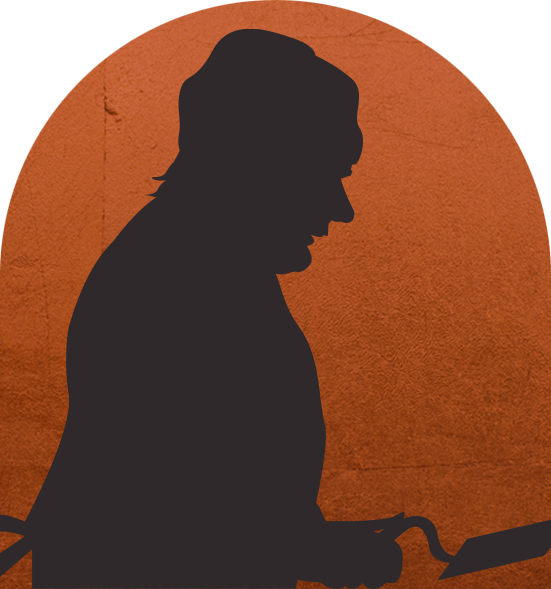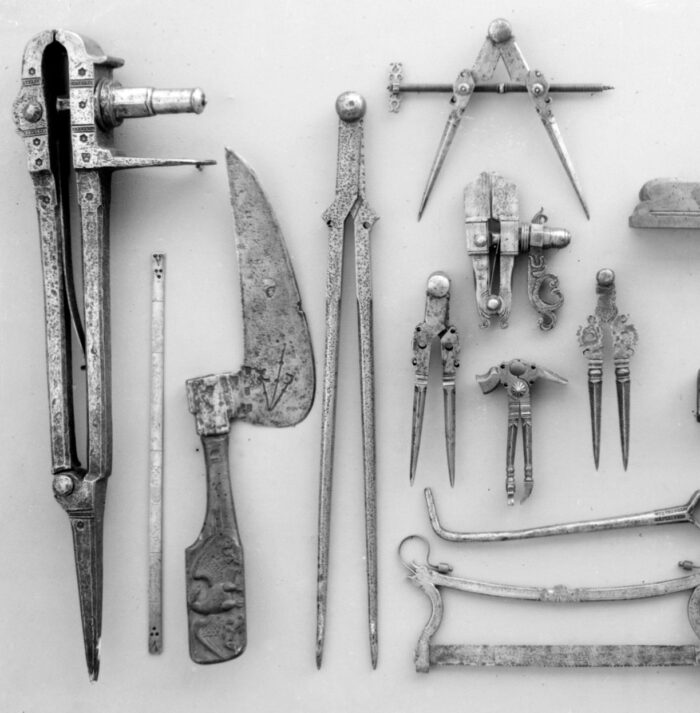St Martin Ludgate
Read the stories of four that either survived or succumbed to the flames, and how they reemerged from the ruins.

St Martin Ludgate
Nicholas Young worked as a mason at St Martin within Ludgate from 1677 to 1686. Little is known about him, and few records concerning his life can be found. We may deduce from his will and testament that he was married to Mary Young and that they had two children: a daughter, Sarah Young, born on 3 October 1671 and christened at Saint Martin Ludgate on 5 October 1671, and a son, John Young. Nicholas owned a property in the Saint Anne Blackfriars precinct which was rented to a tenant. The fact that his daughter was baptised at Saint Martin Ludgate, and that he had a house in the Blackfriars region leads us to believe that he may have been a parishioner of St Martin’s and they lived in that area.
Nicholas Young wrote his will and testament while already ill, stating that he was “weak in body but of sound and perfect mind and memory.” At the beginning of the testament, he states, “I Nicholas Young citizen and mason of London” which helps us understand his profession and that he was living within the City walls. The will is dated “the seventeenth day of February in the year of our Lord one thousand seven hundred and in the thirteenth year of the reign of King William the third over England”.

Stone Mason's compasses and other tools from the 17th century - The Met.
Nicholas Young came from a family of masons. His father, John Young, was a mason despite being a member of the Worshipful Company of Weavers. John later paid a fee to transfer to the Masons’ Company, becoming Warden in 1652 and 1655, and Master in 1657.
Nicholas Young was admitted to the Livery in 1662-63, became Warden in 1674 and 1679, and then was elected as Master in 1682. There is also a John Young junior, most likely son of John Young and Nicholas Young’s brother. He was a citizen and mason free by patrimony in 1671, admitted to the Livery in 1672, Warden in 1686, and Master in 1695. Some records suggest that he may have died while in office.
Read the stories of four that either survived or succumbed to the flames, and how they reemerged from the ruins.
Keep up to date with the latest news ...